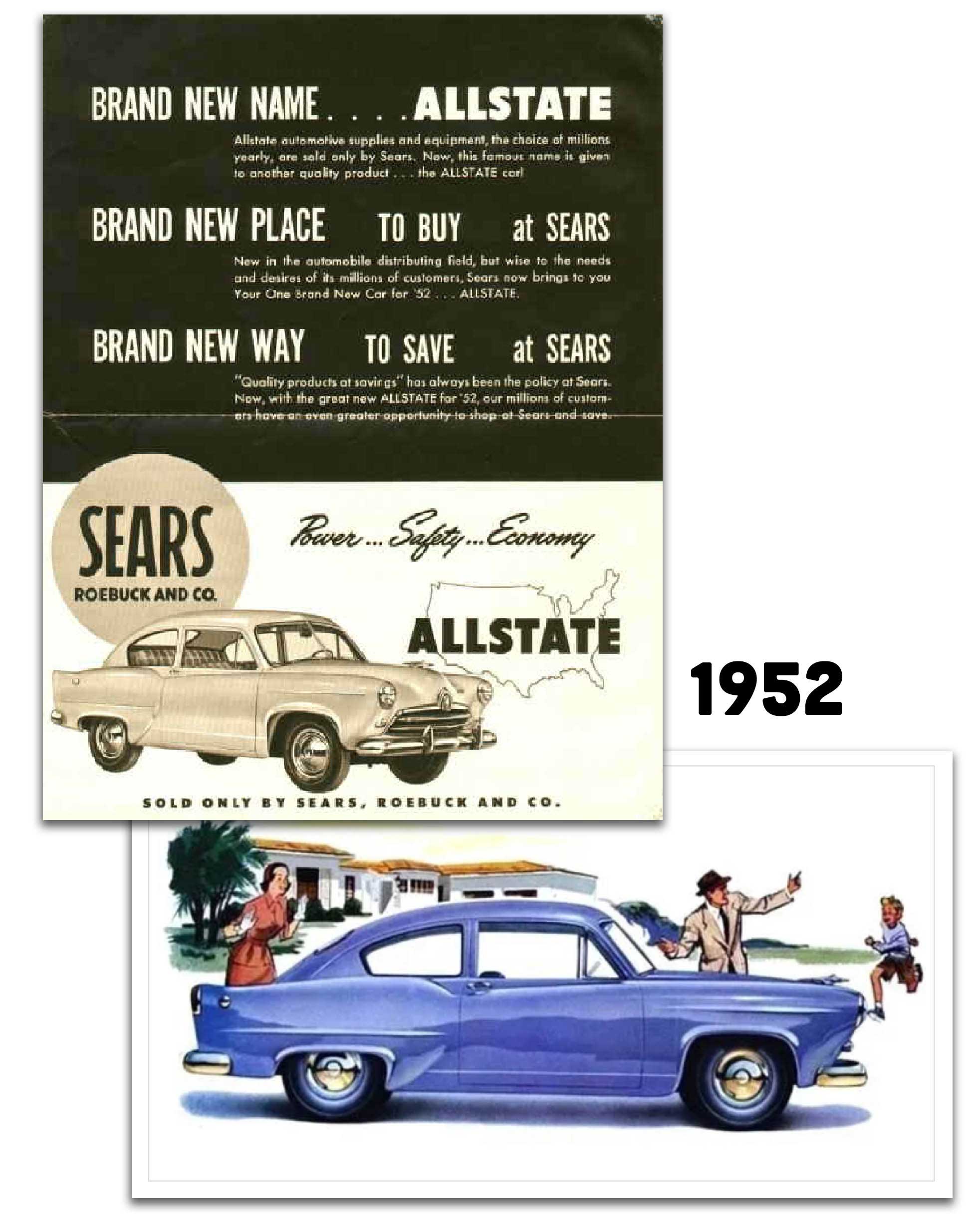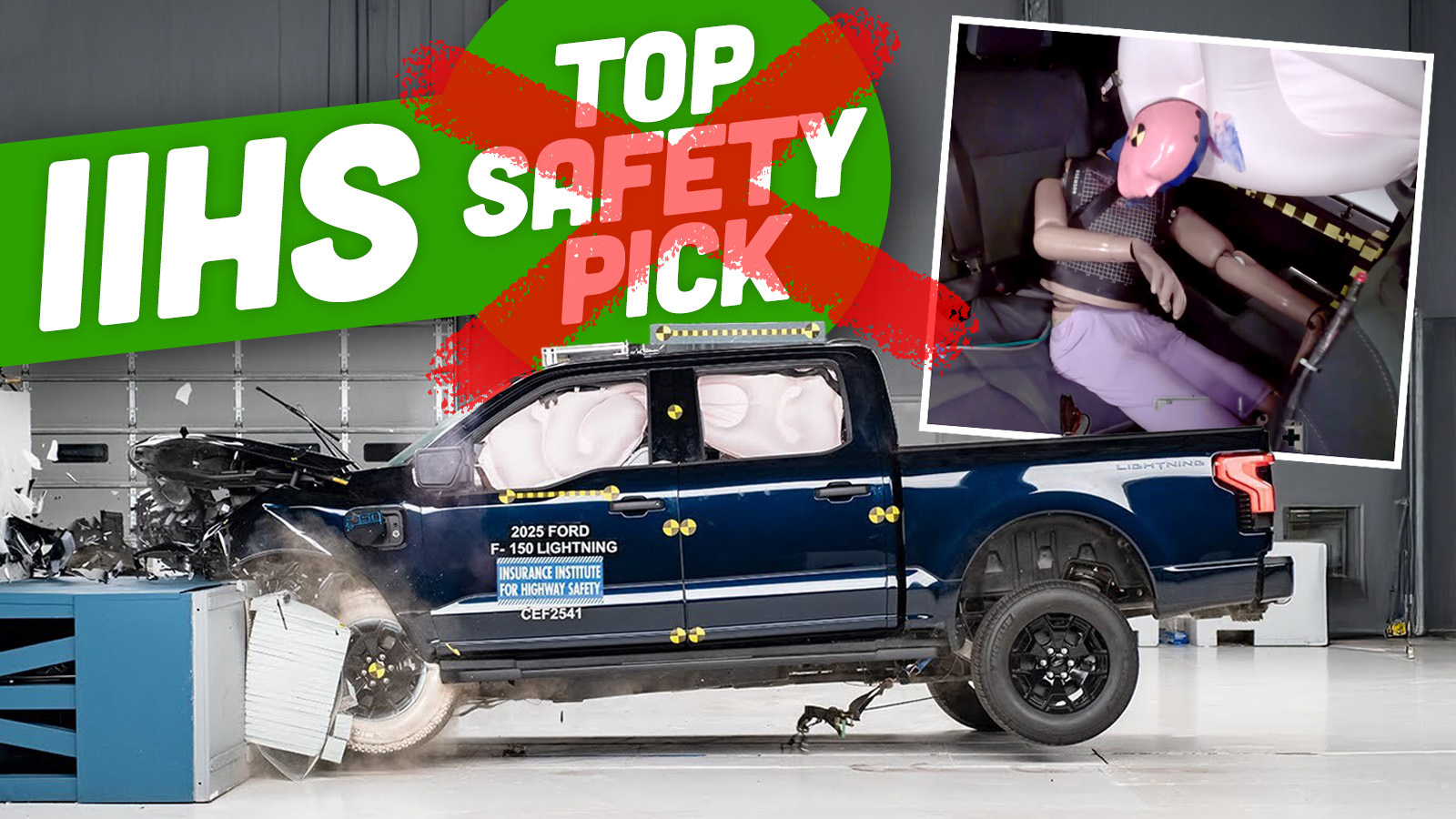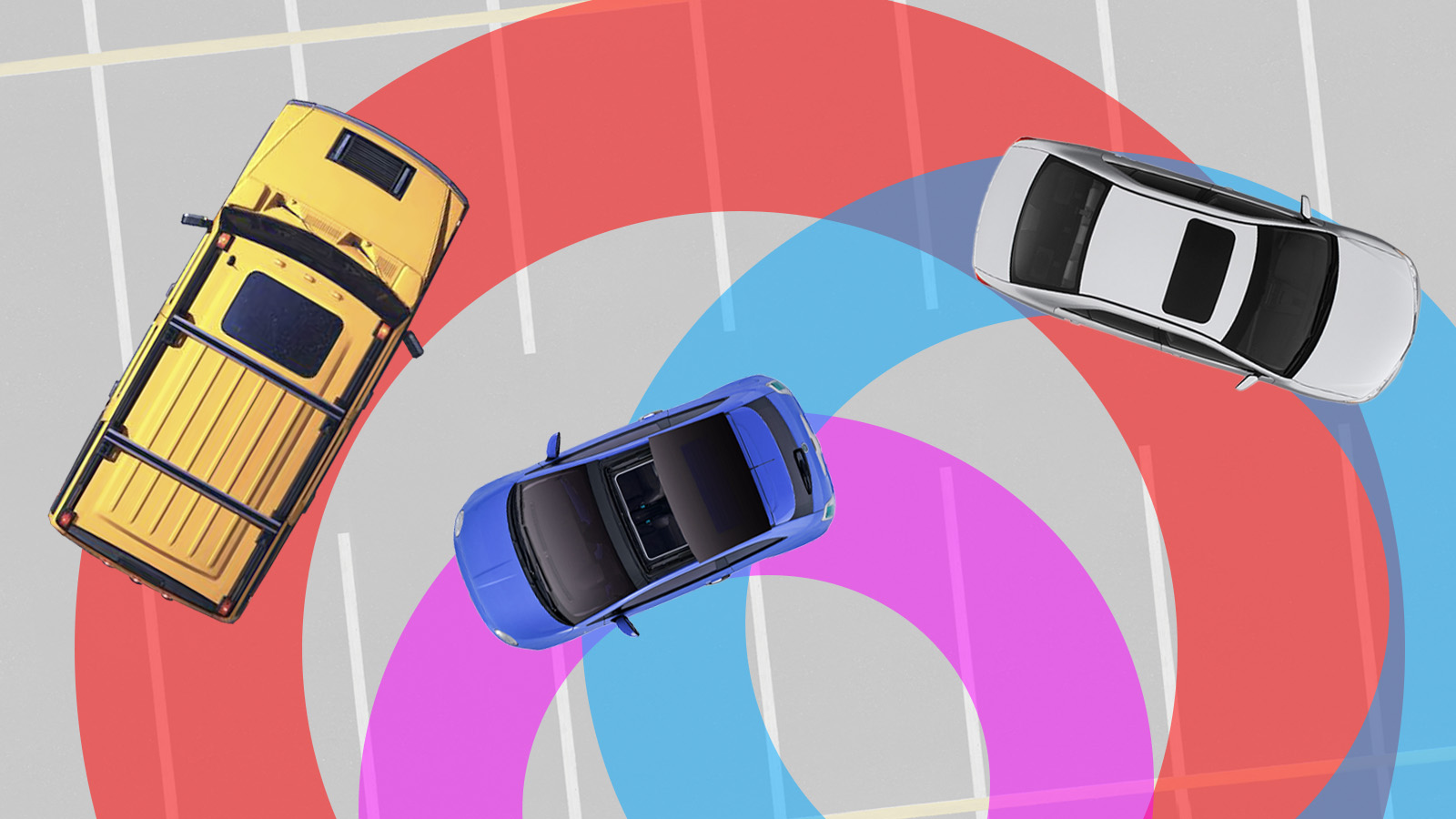For about as long as the car’s been around there have been people, businesses, and governments trying to build “peoples’ cars.” These are cars meant to get the masses on wheels with great affordability, durability, and a charm you won’t find in other vehicles. In the 1980s, Canada’s Bombardier tried to create a modern people’s car with the Venus, a tiny Daihatsu-powered cutie that would have been so cheap you could charge it to your credit card. Here’s how Canada could have gotten its own Beetle for the modern era.
Earlier this week, I got to experience BRP’s first two-wheel motorcycles in nearly 40 years. You’ll have to wait until next week to read about how they rode, but for now you can follow me down into a rabbit hole of obscure Canadian vehicles. While I was hiding from the insane Texas heat I sparked up a conversation with an enthusiastic BRP representative.
Now, as many of our readers know, I love more than just motorcycles, but cars, planes, trains, and so much more. BRP’s predecessor company, Bombardier, produced darn near all forms of transportation. Can-Am’s previous world-dominating motocross bikes were built under the Bombardier nameplate, as were Sea-Doo personal watercraft and Ski-Doo snow vehicles. Bombardier even built boats!

If you’re a transportation obsessive like I am, you may also know that Bombardier bought out Canadair and became responsible for those awesome Canadair Regional Jets that still fly around the world. Bombardier even took over Learjet and de Havilland Canada. If you ride the rails, there’s a chance you’ve even ridden on a Bombardier MR-73 rubber tire metro in Montreal or a Bombardier R62A in the New York City Subway.
Joseph-Armand Bombardier started his empire with the idea of improving snow transportation in Canada and it grew into a powerhouse of nearly all things that move.

The recreational division of Bombardier was spun off as its own company, Bombardier Recreational Products (today known just as BRP, Inc.) in 2003. Most of what was left of Bombardier was sold off after the expensive 2016 launch of the Bombardier C-Series (today known as the Airbus A220) brought the company to its knees.
Today, Bombardier is known for selling the fastest civil aviation aircraft in current production, the Global 8000 business jet.
Bringing Tiny Euro-Style Cars To Canada

For this story, we’ll have to go back to the 1980s. The Can-Am motorcycle program had already been punted to a manufacturer in England while the Spyder was still two decades away. Bombardier was lining its pockets with money from its rail division and the company was flirting with other road vehicles like producing the Volkswagen Iltis as well as buses.
As La Presse writes, it was the early 1980s when Bombardier president Laurent Beaudoin visited Paris and found himself fascinated with a type of car not seen in Canada. Over in Europe, you can buy a quadricycle or a voiture sans permis “car without license.” These tiny vehicles don’t go very far or very fast, but they’re cheap, don’t require their operators to have a formal driver’s license, and are safer in crashes than a bicycle. These vehicles are also a way for 14-year-olds to drive cars before they’re able to drive “real” cars.

Beaudoin became so enamored by these cute cars that he returned to Canada and had to show the vehicles to Yvon Lafortune, who then ran Bombardier’s operations in Valcourt. Later, Lafortune would be known as a founding president of Nova Bus, the company that built my RTS-06 and later, the innovative Nova Bus Low Floor Series.
As La Presse continues, Lafortune followed up Beaudoin’s love for the European tiny cars by visiting their manufacturers and seeing if they were interested in bringing their tech to Canada. Unfortunately, Bombardier found out quickly that the microcars didn’t stand a chance at complying with Canadian Motor Vehicle Safety Standards.
That didn’t deter Bombardier. It would move forward with its tiny car project. The car would no longer be more or less a clone of what was in Europe, but still an absurdly cheap car for the masses. Bombardier even found a manufacturing partner with Daihatsu, a brand that was looking to take a crack at the North American market.

Bombardier’s idea was that it would build most of the car and Daihatsu would provide a small engine and transmission. It was now 1984 and Lafortune assembled a team at a former Bombardier family farm that was turned into a design center. Bombardier’s car was born in the facility the company affectionately called “the barn.”
That car would come to be known as Project Venus, where Venus was an acronym for Vehicle, Economical, New, Utilitarian, and Safe. The Venus would have a radical design ahead of its time, but cost under $5,000 (11,724 CAD today) so a Canadian could charge the car to their credit card.
A Snowmobile Manufacturer Designs A Car

Now, keep in mind that by this point, Bombardier knew how to build Ski-Doos, motorcycles, and trains. The company did not have an automotive division. It was even still two years before Bombardier would buy Canadair. Bombardier filled the team with people who were rookies at designing and building production cars.
One of the car’s designers was Jean Labbé, who at the time graduated from the Art Center College of Design in Los Angeles only just that year and had no auto industry experience. According to La Presse, Labbé had the choice of starting from the bottom at GM or joining Bombardier’s crazy project and designing a whole car. Joining Labbé was Louis Morasse, another recent graduate with only six months of industry experience from an internship at Peugeot. Morasse took Labbé’s design, refined it, and turned it into something that could be presented to Bombardier and Daihatsu.
Speaking to La Presse, Morasse mentioned that the Venus development was different. While designers for an automaker may compete with each other, Bombardier’s fresh grads collaborated with each other to reach one common goal.

Still, Bombardier was very much figuring things out as it went on. The engineering and design team built a full-scale model out of wood and putty, the same stuff they used to make Ski-Doo bodywork in the studio. But they never used this method to build anything on the scale as a whole car. Apparently, the Venus model was comically heavy, but it got the point across.
Perhaps harder, as La Presse notes, was turning the concept and the mock-ups into a real car. The lead engineer for chassis engineering and prototyping, Yves Fontaine, had lots of experience modifying rally cars, but never built a production car. So, a novice was essentially leading a team of rookies. That sounds like a rough mix, but the team put their heads down and made a working prototype in six months. The Venus development mule was a Japanese car cut down and modified to the rough specs of the Venus, but it performed well enough in testing at Transport Canada’s facility that even Daihatsu’s engineers were impressed.
Two more prototypes were built, edging the car closer to production. The project moved forward and it was time to refine the design for production and set up manufacturing, sales, and all of the other steps from safety to just designing parts. Daihatsu’s engineers didn’t know how to build a car to North American safety standards and the guys in Canada never built a production car, so Bombardier had to reach out to consultants in Detroit.
Sold Through Sears
The Daihatsu partnership also became more of a joint venture. The Charade and Rocky models that Daihatsu wanted to sell in North America would be built in Valcourt alongside the Venus.

The plans for the Valcourt facility would have called for a capacity to build 100,000 Venus cars a year. It was expected that the factory would come online in 1988, building 870 Daihatsu Rockys that year before hitting 20,500 units by 1992. According to Automedia, it was also expected that the factory would build 120,000 Charades on top of the other two models. It was believed that numbers like these would have made Daihatsu on board, even if they were ambitious. As Automedia notes, it was even expected that 80 percent of the Valcourt facility’s production would have been shipped south into the United States.
Of course, the other question would be where would these cars be sold and serviced. Again, Bombardier wasn’t an automaker, so it had no car dealership network. Sure, it had a vast network of Ski-Doo snowmobile dealers, but those were often small rural family-owned businesses that weren’t equipped to sell and service a whole car.
Bombardier then got an idea. What if the Venus was sold through Canadian Tire in Canada and by Sears in the United States? Both companies had a service garage network and existing customer bases. Reportedly, both companies liked the idea of selling a cheap car. Sears had previous experience doing just that. In its past it sold motorcycles, cars, tires, batteries, and entire houses:

According to the Globe & Mail, the projected total cost to put the car into production could have been $500 million (1,278,041,074 CAD today), but it would never come to fruition.
Daihatsu Gets Wise
While Daihatsu was a joint partner in the Venus project, it eventually figured it could cut out the middleman and just sell its own cars in America without Bombardier’s help. That was bad news for the Valcourt factory, which would go from building three cars to just the Venus.
Bombardier tried to get Daihatsu back by proposing dividing the U.S. market into two sections marked by the mighty Mississippi River. But that wasn’t a deal that would have worked. By this time, it was 1986 and Canadair was now on Bombardier’s radar, which threatened the Venus project.

Bombardier tried to save the Venus by proposing an idea to gather the entire recreational division and establish it as a company where Bombardier would own 51 percent and Japan could invest in the rest. It’s not known how Daihatsu felt about this, but the plan was dealt a blow by the Japanese yen shooting up in value compared to the Canadian dollar. In the end, Bombardier and Daihatsu had too many differences and the Venus project stalled out in the 10th or 11th hour in 1987.
But Daihatsu itself remained inspired enough to keep going with its plans. The Rocky and Charade hit the North American market to slow sales. Daihatsu called it quits in 1992 after burning 12 million USD.
The Venus never became a real car. The sole self-propelled prototype resides in the Musée de l’ingéniosité J. Armand Bombardier in Valcourt and it’s mostly form over function. It has a working three-cylinder Daihatsu engine and a five-speed manual transmission. However, basically everything else is fake. For example, the interior has crank handles for the windows, but the cranks don’t do anything since all of the windows are fixed.
What Could Have Been

It’s not entirely known what would have happened if the Venus went into production. The 1980s and 1990s were packed full of affordable tiny cars from Japan from manufacturers who knew what they were doing and had growing dealer networks. Meanwhile, Bombardier was hoping that you’d buy its Venus from Sears like how people bought Allstate cars in decades past.
Ultimately, abandoning the Venus and instead betting on aerospace seems to have been the right choice. Bombardier spent the 1990s flying high on fortunes and as reported by Maclean’s, shares soared high enough that the company that so many people couldn’t even pronounce was one of the most valuable in Canada.
If you want to see the only other pictures of the Venus that exist online, I highly recommend reading the La Presse article.
Still, it’s fun to think what could have been. Canada was so close to having its own homegrown Yugo or Geo Metro, but it all fell apart so close to becoming reality. Maybe a BRP obsessive today could have had a garage with a classic Venus parked next to a Can-Am Spyder parked next to a Ski-Doo sled. That’s weirdness only Canada could deliver.
Top graphic flag image: Depositphotos.com









Yamaha also made boats, a friend owned one.
It’s funny to think that there are probably more Daihatsu HiJet Kei trucks in the US now than running Daihatsu Rockies and Charades
You can charge any car to your credit card, as long as the dealer allows it and your limit’s high enough!
My college roommate bought a Kawasaki KZ-400 with a credit card, granted it was used and only about $500
We bought our ’14 Mazda3 new at the dealer using my wife’s AmEx. We had to call to let it go through, but that’s all it took!
I’m a card carrying Canadian and only have vague recall of the Venus car in the news. Thanks for spurring my memory and adding more info.
Canada has a long strange history with automobile production and Bombardier almost added to it. (-:
Fascinating article, Mercedes…AGAIN.
Can Am… or as i like to call them, Can’t Am. Iat a Can Am dealer in the early 2010’s, they are awesome machines but unfortunately at the time they were built pretty poorly. Im talking about the snowmobiles, side by sides etc.